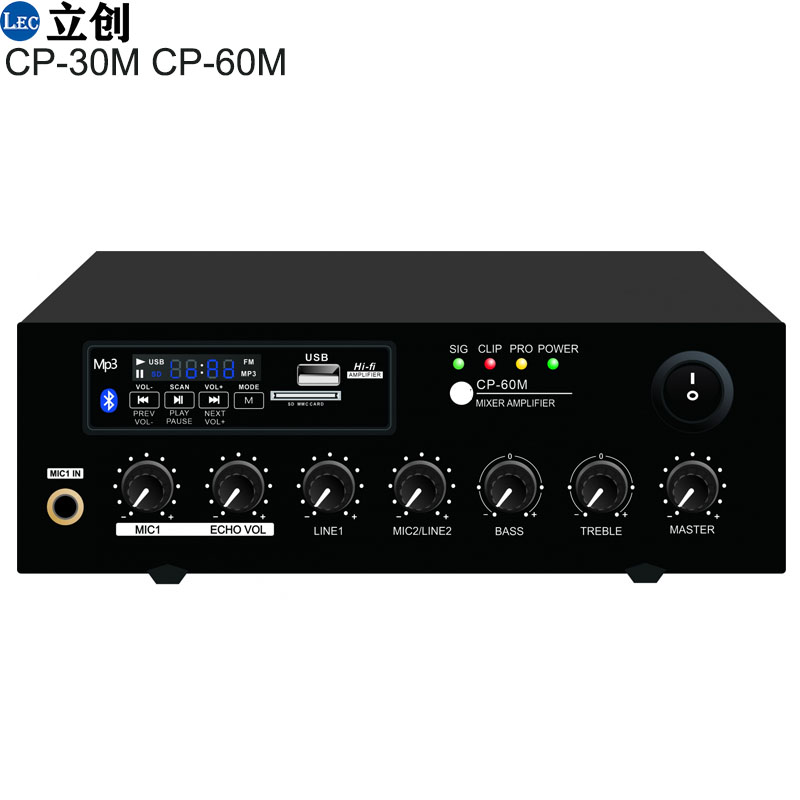News
Can i use any amplifier for an inwall subwoofer?
Using an amplifier for an in-wall subwoofer requires some specific considerations to ensure optimal performance. Here are key points to keep in mind:
1. Power Rating:
Ensure the amplifier's power output matches the subwoofer's power handling capacity (measured in watts). Using an underpowered amplifier can lead to distortion, while an overpowered one can damage the subwoofer.
2. Impedance Matching:
Check the impedance rating of the subwoofer (typically 4, 6, or 8 ohms) and ensure the amplifier can handle that impedance. Mismatched impedance can lead to ineffective performance or damage.
3. Type of Amplifier:
Subwoofer Amplifiers: These are specifically designed to drive subwoofers and usually include features like low-pass filters and phase controls.
Multichannel Amplifiers: If you have a multichannel setup, you can use one channel for the subwoofer, but ensure it has adequate power and features for low frequencies.
Class D Amplifiers: These are efficient and commonly used for subwoofers due to their small size and heat management.
4. Crossover Settings:
Make sure the amplifier has adjustable crossover settings (usually a low-pass filter) to direct low-frequency signals to the subwoofer, preventing higher frequencies from being sent to it.
5. Connectivity:
Ensure that the amplifier has the appropriate inputs and outputs for connecting to your audio source and the subwoofer. RCA outputs are common for subwoofer connections.
Conclusion:
While you can technically use any amplifier, selecting one specifically suited for your in-wall subwoofer's power, impedance, and frequency requirements will yield the best performance. Always refer to the subwoofer’s specifications and consult the user manual for recommendations on compatible amplifiers.
RELATED NEWS
- WSK-530H EA-120A sound system in factory wall speaker 2025-07-28
- 6 Zone background music system for restaurants line array pa system 2025-07-25
- pa system amplifier 2025-07-22
- what is a pa system? 2025-07-08
- What is Public Address System (PA System)? 2025-05-13
CATEGORIES
LATEST NEWS
CONTACT US
Contact:Ella Huang
Phone:+8613437856962
Tel:+8613437856962
Email:sales@lecaudio.com
Add:Dashi Industrial Park, Panyu District, Guangzhou City, Guangdong Province

 Ella Huang
Ella Huang Ella Huang
Ella Huang